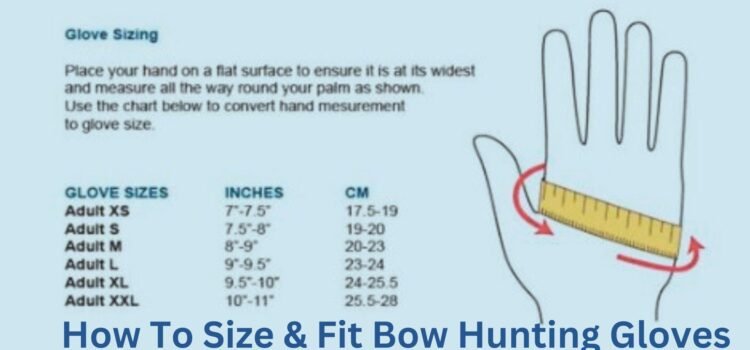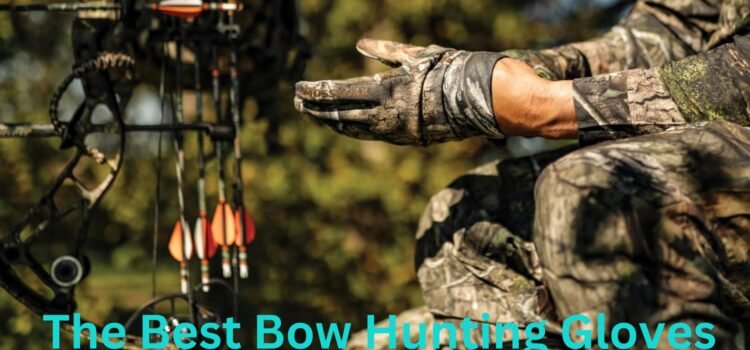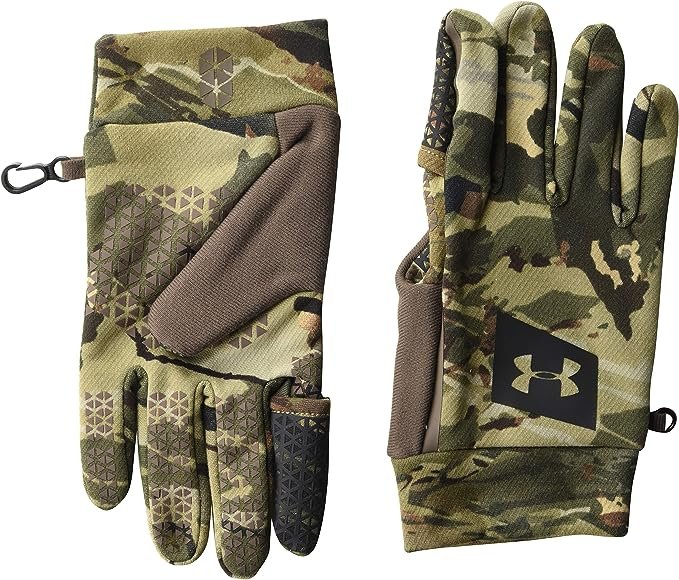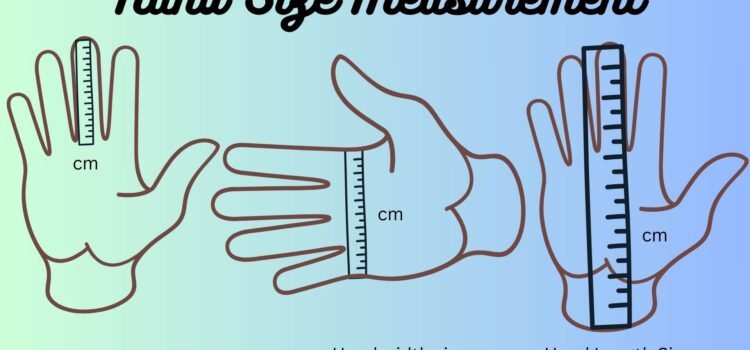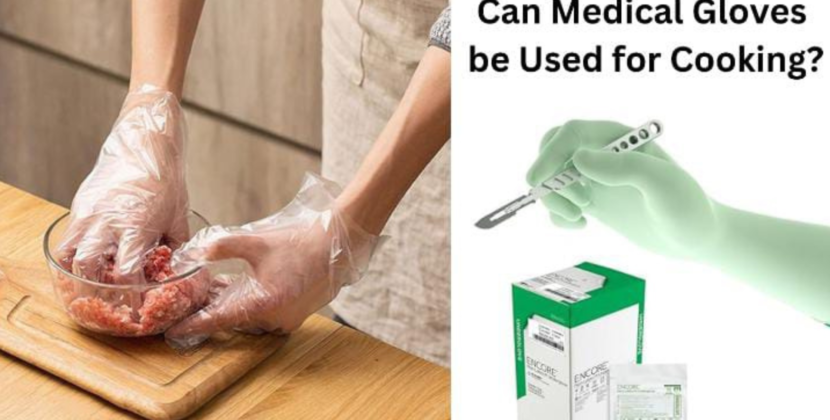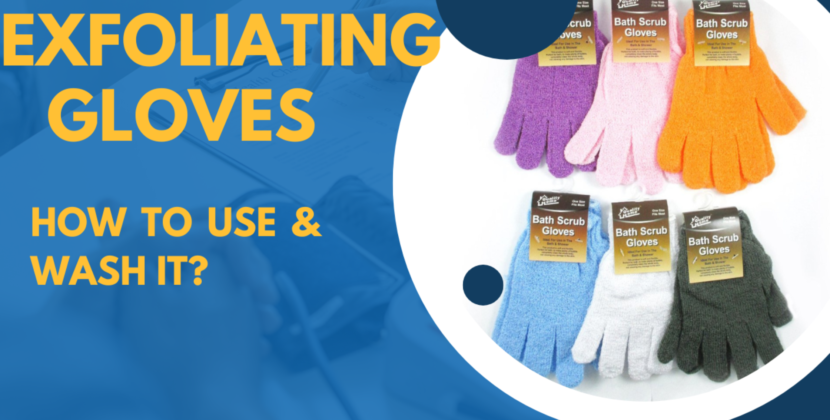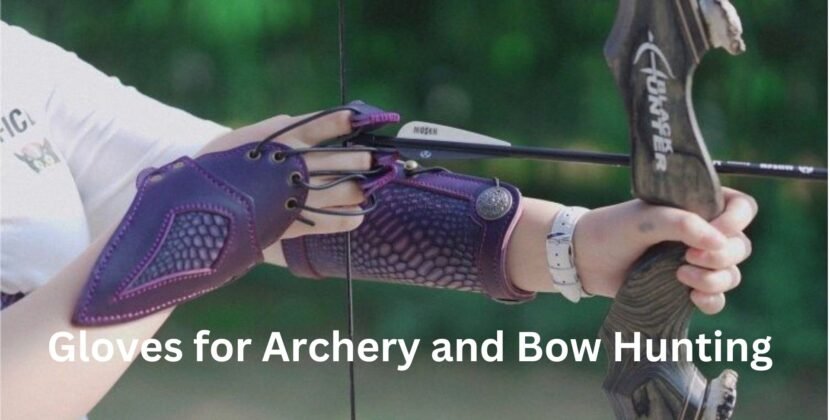In archery and bow hunting, having the right gear can improve greatly that how well you perform and how comfortable you feel. People often forget that gloves are very important as part of their gear. Choosing the right gloves for archery and bow hunting is important for an enjoyable and successful adventure. Today, I’ll guide you through the process of selecting the perfect gloves.
Why Gloves Are Important
Before we talk about the details of selecting gloves, let’s understand why they are essential for archery and bow hunting:
- Gloves keep your hands safe when you repeatedly pull and let go of the bowstrings. This prevents your skin form blisters and lumps.
- The right gloves help you hold the bow better, confirming that it doesn’t slip from your hand when you need it more.
- In different seasons, you’ll need gloves that offer warmth in cold weather or let them stay cool in hot season.
- During a shoot, gloves help prevent injuries from the bowstring.
Choosing the Right Material
Leather Gloves: Many archers and bow hunters like leather gloves. They are durable, flexible with good grip on bowstring. Leather changes their shape to fit your hand better over time, just like gloves made just for you.
Synthetic Gloves: Materials such as neoprene and nylon are not as strong as leather, but they are lighter and less pricey. They may not last as long as leather gloves, but if you want to save money, synthetic gloves are good option.
Combination Gloves: Sometime gloves are made using both leather and synthetic materials to provide the benefits. These gloves give you the durability of leather, flexibility of synthetics and a good grip.
Selecting the Right Style
Fingerless Gloves: Fingerless gloves are greater for archers who want to feel the bowstring directly. They cover your palm and back of the hand but leave your fingers free for better control.
Full-Finger Gloves: Full-finger gloves are gloves that cover your full hand. They provide your hand more warmth and protection. They are great for bow hunting when it’s cold weather and also provide additional protection.
3D Archery Gloves: If you like to use 3D archery, which means shooting at fake animal targets in different places, special 3Darchery gloves with textured grips can help you perform accurately.
Sizing and Fit
Getting the right size is important for gloves. Here’s how to make sure the gloves fit well:
Measure Your Hand: You can measure your hands using a flexible measuring tape or a string. Wrap it around your dominant hand just below the knuckles. Make sure it’s comfortably close but not too tight.
Consult the Sizing Chart: Many glove manufacturers give the sizing charts to help you pick the right size. Just check and use that chart to find your correct glove size like, Small, Medium, Large, etc.
Try Them On: If possible, test the gloves before you buy them. Check how they feel on your fingers, the palm of your hand, and around your wrist. Make sure they are not too loose or too tight.
Testing for Comfort
Before you finalize your glove, consider these factors:
- Flexibility: Move your fingers to make sure the gloves let you move them easily. Flexibility is very important for drawing and releasing the bowstring correctly.
- Grip: Hold a bow to check if the gloves offer a secure grip. The bow shouldn’t slip or feel wobbly in your hand.
- Comfort: Put on the gloves and wear them for a few minutes to check their comfort. Make sure they don’t have any spots that press too hard or areas where the material gathers together.
- Safety: When you go for bow hunting, make sure your gloves don’t have extra fabric that could get stuck in the bowstring. It can be very unsafe if that happened.
Special Features
Consider any extra features that could be helpful for you:
- Insulation: If you plan to go bow hunting in cold weather, find gloves with extra insulation to keep your hands warm.
- Waterproofing: Waterproof gloves are really important when it’s wet outside. They make sure your hands don’t get wet and stay comfortable.
- Adjustable Straps: Some gloves have adjustable straps or closures, allowing you to achieve a perfect fit.
- Trigger Finger Sensitivity: If you use a compound bow, gloves that let you feel the trigger better can help you improve your accuracy.
Conclusion
Choosing the right gloves for archery and bow hunting is very important. It can make a big difference in your performance, how comfort you feel, and how safe you are. Consider the factors like gloves material, style, sizing, and if they have special features that you need. Whether you like fingerless gloves for better control or full-finger gloves for more safety, the right gloves will make your archery and bow hunting better. So, make a smart choice, and enjoy outdoors activities with gloves that fit and work perfectly.


